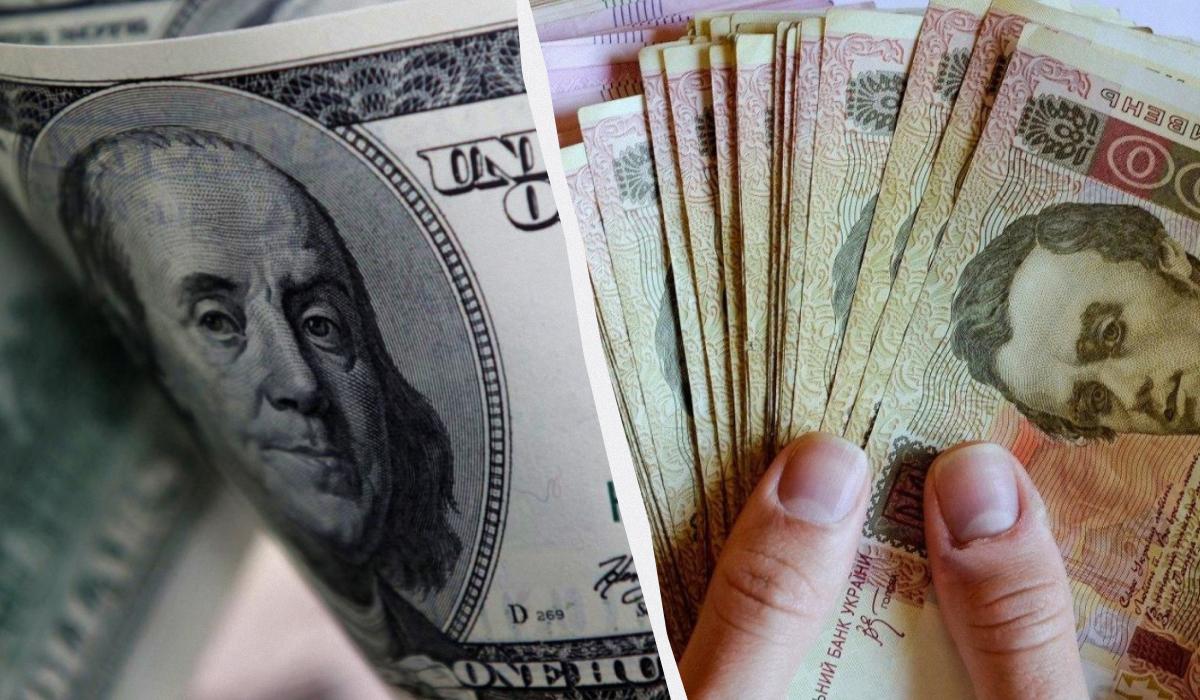“To minimize the intervention of the regulator, two conditions must be met.”, — write: www.unian.ua
To minimize the intervention of the regulator, two conditions must be met.
 The NBU told what is needed to return the floating exchange rate / collage UNIAN, photo UNIAN, photo ua.depositphotos.comUkraine’s economy faced enormous challenges after the full-scale invasion of Russia. The National Bank monitors the situation on the foreign exchange market to avoid sharp jumps.
The NBU told what is needed to return the floating exchange rate / collage UNIAN, photo UNIAN, photo ua.depositphotos.comUkraine’s economy faced enormous challenges after the full-scale invasion of Russia. The National Bank monitors the situation on the foreign exchange market to avoid sharp jumps.“Prior to the full-scale invasion, the National Bank minimally intervened in the foreign exchange market. The operations mostly concerned either the purchase of a pre-determined small amount of currency for the gradual accumulation of international reserves, or were carried out to smooth out volatility, but in much smaller volumes than now,” – recalled the deputy head of the NBU Serhii Nikolaychuk in an interview with Ukrinform.
According to him, in order to minimize the intervention of the regulator, it is first necessary to reduce the structural deficit of currency in the private sector and the surplus of currency in the public sector.
“It is too early to talk about it yet, because even according to our forecast, despite the expected significant narrowing of the budget deficit in 2026, it will still remain significant – more than 10% of GDP. We also assume that the amount of support from international partners will be high,” he concluded Nikolaychuk.
Flexible course in UkraineBefore the full-scale invasion, Ukraine had a floating exchange rate regime. On February 24, 2022, the NBU fixed the exchange rate of the hryvnia to the dollar at UAH 29.25/dollar. Later, in July 2022, it weakened the rate to UAH 36.57/dollar.
From October 3, 2023, the National Bank introduced a flexible exchange rate. Managed exchange rate flexibility differs from the floating exchange rate mode.
You may also be interested in news:
- Ukrainians will receive their pension in a new way: what the pension reform project provides
- The Council postponed the tax increase for FOPs: when will the changes come into effect
- Ukraine will receive more than €1.3 billion in investments: what will the funds be used for
